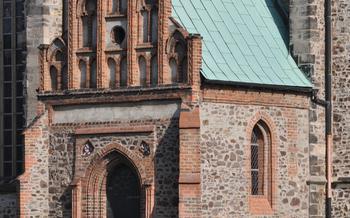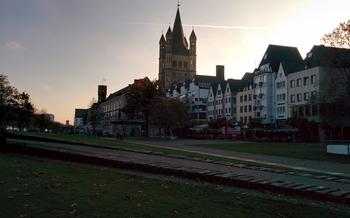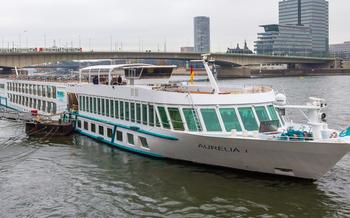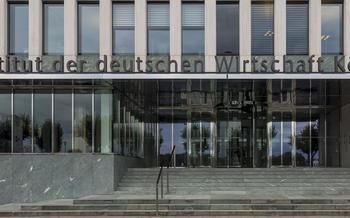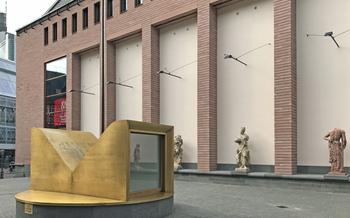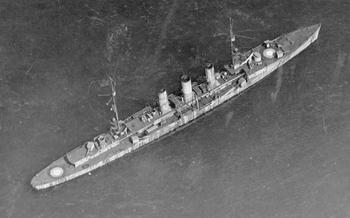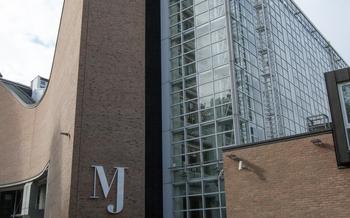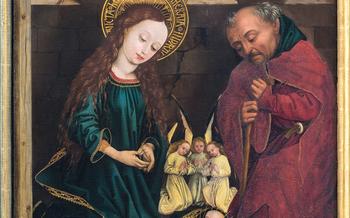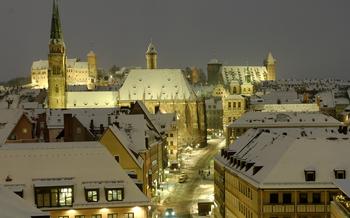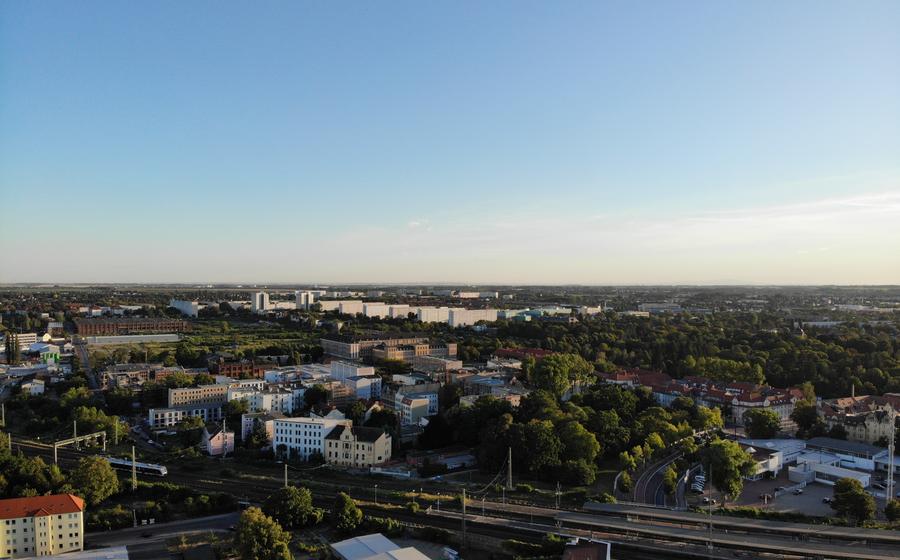
Gardelegen Memorial Site (approx. 1 hour drive)
- Location and Accessibility
- Visiting Hours and Admission
- The Memorial Site Grounds
- Museum and Exhibition Hall
- Documentation and Research Center
- Educational Programs and Workshops
- Events and Commemorations
- Personal Stories and Testimonies
- Reflection and Remembrance
- Educational Resources
- Respectful Behavior and Etiquette
- Photography and Videography
- Accessibility for Visitors with Disabilities
- Insider Tip: Combining History and Nature
Location and Accessibility
The Gardelegen Memorial Site is situated in the town of Gardelegen, approximately 60 kilometers (37 miles) northeast of Magdeburg, Germany. Visitors can conveniently access the site by car via the A2 autobahn, taking the Gardelegen exit and following the signs to the memorial. The drive from Magdeburg takes about an hour, making it a feasible day trip from the city.
For those without private transportation, public transportation options are also available. Regional trains depart from Magdeburg Hauptbahnhof (main train station) to Gardelegen station. From there, it's a short walk or taxi ride to the memorial site. Alternatively, visitors can take the bus from Magdeburg to Gardelegen, which drops off closer to the site.
Visiting Hours and Admission
The Gardelegen Memorial Site welcomes visitors during specific operating hours. To ensure a meaningful and respectful experience, it is advisable to plan your visit accordingly.
- Opening Hours:
The memorial site is generally open to the public from Tuesday to Sunday, with variations depending on the season. During the summer months (April to October), the site is open from 10 am to 5 pm, while in the winter season (November to March), the hours are from 10 am to 4 pm.
- Admission Fees:
Admission to the Gardelegen Memorial Site is free of charge, allowing visitors from all backgrounds to access and learn from this important historical site.
- Guided Tours:
For a deeper understanding of the site's history and significance, guided tours are available upon request. These tours are led by experienced educators who provide insights into the events that transpired at Gardelegen and the broader context of World War II. Guided tours can be arranged for groups of various sizes, and reservations are recommended to ensure availability.
The Memorial Site Grounds
The Gardelegen Memorial Site encompasses a meticulously designed landscape that serves as a poignant reminder of the tragic events that transpired there. As you enter the site, you'll encounter a series of commemorative elements that narrate the harrowing story of the Gardelegen massacre.
The focal point of the memorial grounds is the mass grave, where over 1,000 victims were hastily buried in an unmarked pit. A simple yet powerful memorial plaque marks the site, bearing the names of the deceased and a poignant inscription honoring their memory.
Scattered throughout the grounds are individual memorial plaques dedicated to each of the identified victims. These plaques provide a personal connection to the lives lost, allowing visitors to reflect on the individual tragedies that unfolded within the confines of the camp.
Adding to the somber atmosphere are several monuments that evoke the suffering and resilience of the victims. One such monument is a poignant sculpture depicting a group of prisoners huddled together, their faces etched with despair and anguish. Another striking memorial features a series of metal panels, each inscribed with a single word or phrase related to the events of April 13, 194
Despite the somber nature of the site, the memorial grounds also offer a sense of tranquility and reflection. Visitors can stroll along the pathways, pause at the memorial plaques, and take a moment to contemplate the profound significance of this historic site. The serene surroundings provide a conducive environment for remembrance, introspection, and a deeper understanding of the horrors of war.
Museum and Exhibition Hall
The Gardelegen Memorial Site features a museum and exhibition hall that provides a comprehensive overview of the site's history and significance. Through interactive displays, multimedia presentations, and artifacts, visitors can delve deeper into the events of April 1945 and the broader context of World War II. The museum showcases personal belongings, documents, and testimonies that shed light on the lives of the victims and the perpetrators. It also explores the aftermath of the massacre, including the trials of those responsible and the efforts to establish the memorial site as a place of remembrance and education.
Documentation and Research Center
The Gardelegen Memorial Site features a well-equipped documentation and research center that plays a crucial role in preserving historical records related to the events that took place at the site and the surrounding region during World War II. The center is dedicated to collecting, preserving, and digitizing documents, artifacts, and testimonies related to the Gardelegen Massacre and other atrocities committed during the Nazi era.
Researchers and scholars from various fields, including history, sociology, and political science, can access the center's extensive archives and library. The center provides access to a vast collection of documents, photographs, and personal accounts that shed light on the events of the massacre and its aftermath. The staff at the center is knowledgeable and helpful, providing assistance to researchers and students in their investigations.
The documentation and research center also serves as a valuable resource for educators and students. The center offers educational materials, such as lesson plans and primary source documents, that can be utilized in schools and universities to teach about the history of the Gardelegen Massacre and the broader context of Nazi Germany.
Educational Programs and Workshops
The Gardelegen Memorial Site offers a range of educational programs and workshops designed to engage and inform visitors, particularly students and researchers. These programs aim to foster a deeper understanding of the history of the site, the atrocities committed during World War II, and the ongoing struggle for human rights and reconciliation.
School groups and university students can participate in guided tours, workshops, and seminars that delve into the historical context, eyewitness accounts, and the enduring legacy of the Gardelegen Massacre. These educational programs emphasize critical thinking, historical analysis, and the promotion of tolerance and understanding.
The memorial site also collaborates with local and international institutions to organize specialized workshops, conferences, and research projects. These events bring together scholars, educators, and experts to explore various aspects of the site's history, including the role of remembrance, the impact of war on civilian populations, and the importance of human rights education.
To book an educational program or workshop, schools and groups can contact the memorial site's education department. The site offers flexible scheduling and tailors programs to suit the specific needs and interests of different groups.
Events and Commemorations
The Gardelegen Memorial Site hosts regular events and commemorative ceremonies throughout the year to honor the victims of the massacre and promote remembrance. These events provide a platform for reflection, learning, and dialogue about the atrocities committed during World War II.
The annual commemoration of the Gardelegen Massacre takes place on April 13th, the anniversary of the tragedy. This solemn ceremony includes speeches, wreath-laying, and a moment of silence to pay tribute to the victims. Survivors, their families, representatives from local communities, and government officials attend this poignant event.
In addition, the memorial site organizes educational workshops, lectures, and exhibitions to raise awareness about the history of the site and its significance. These events are open to the public and offer visitors an opportunity to engage with experts, learn from personal testimonies, and participate in discussions about the lessons of the past.
Personal Stories and Testimonies
Among the most profound aspects of a visit to the Gardelegen Memorial Site is the opportunity to encounter personal stories and testimonies from survivors and witnesses of the atrocities committed here. These accounts offer a deeply human perspective on the events that unfolded during World War II.
The memorial site houses a collection of written and recorded testimonies, providing visitors with firsthand accounts of the horrors endured by those who lived through the Gardelegen Massacre. These stories shed light on the individual experiences of prisoners, their hopes, fears, and acts of resistance.
By preserving and documenting these personal narratives, the memorial site ensures that the voices of the victims are not forgotten. These testimonies serve as a powerful reminder of the human cost of war and the importance of remembrance. They challenge visitors to confront the consequences of hatred, intolerance, and prejudice.
Listening to these accounts can be a transformative experience, fostering a deeper understanding of the events and their impact on the lives of those directly affected. By sharing these personal stories, the memorial site provides a space for reflection, empathy, and learning, encouraging visitors to confront the past and work towards a more just and peaceful future.
Reflection and Remembrance
The Gardelegen Memorial Site is a place for reflection and remembrance. It encourages visitors to contemplate the atrocities committed during World War II and to learn from the mistakes of the past. The site serves as a reminder of the horrors that can result from hatred, intolerance, and violence. It is a place to pay respects to the victims of the Gardelegen Massacre and to honor their memory. Through its educational programs, workshops, and events, the memorial site promotes remembrance and encourages visitors to become advocates for peace and reconciliation. By fostering a deeper understanding of the past, the Gardelegen Memorial Site helps to ensure that such atrocities are never forgotten and that future generations are inspired to work towards a more just and peaceful world.
Educational Resources
The Gardelegen Memorial Site provides a wealth of educational materials and resources to enhance visitors' understanding of the site's history and significance. Brochures and pamphlets are available in various languages, offering concise overviews of the site's background and the events that transpired there. For those seeking a deeper dive, the memorial site's website serves as a valuable resource, featuring detailed information, historical documents, and an extensive online archive. These resources are meticulously curated to cater to diverse audiences, including researchers, students, and history enthusiasts. The memorial site's commitment to education extends beyond the physical grounds, ensuring that the lessons learned from the past continue to resonate in the hearts and minds of future generations.
Respectful Behavior and Etiquette
Visitors to the Gardelegen Memorial Site are expected to conduct themselves in a respectful manner out of consideration for the victims and their families. This includes maintaining silence and avoiding disruptive activities or conversations. It is important to remember that the memorial site is a place of remembrance and reflection, and visitors should strive to create an atmosphere that is conducive to contemplation and learning. Refraining from using mobile phones, eating, or drinking on the grounds is also considered respectful. By observing these guidelines, visitors can contribute to the preservation of the site's solemn atmosphere and ensure a meaningful experience for all.
Photography and Videography
Photography and videography are permitted at the Gardelegen Memorial Site, but visitors must adhere to specific guidelines to ensure respectful behavior. Taking photos or recording videos is allowed in designated areas, as indicated by signs or instructions provided by the memorial site staff. Visitors should refrain from taking photos or videos of individuals without their consent, especially survivors or witnesses who may be present at the site. It is important to maintain a dignified and somber atmosphere while documenting your visit, avoiding any actions that may disturb or disrespect the victims and their families. The use of drones or other aerial photography equipment is generally prohibited, unless specifically authorized by the memorial site management. By respecting these guidelines, visitors can help preserve the integrity and sanctity of this important historical site while still capturing their experiences for personal or educational purposes.
Accessibility for Visitors with Disabilities
The Gardelegen Memorial Site is committed to ensuring that all visitors, regardless of their abilities, can access and experience the site. Wheelchair-accessible paths and ramps are available throughout the grounds, allowing visitors to easily navigate the memorial's various areas. Additionally, wheelchairs are available for loan at the visitor center for those who need them.
The site also provides assistance and accommodations for visitors with other disabilities. Braille signage and audio guides are available for those who are visually impaired. For visitors who are deaf or hard of hearing, sign language interpreters can be arranged upon request.
To ensure a smooth and enjoyable visit, it is advisable for visitors with disabilities to contact the memorial site in advance. They can provide specific information and assistance based on individual needs and preferences. Contact details can be found on the memorial site's official website or by calling the visitor center directly.
Insider Tip: Combining History and Nature
Enrich your visit to the Gardelegen Memorial Site by exploring the surrounding area, which offers a blend of historical and natural attractions. Just a short drive away, you can visit the Isenschnibbe Forest, a serene woodland known for its picturesque hiking trails and rich wildlife. For those interested in continuing their journey through history, the town of Salzwedel, located nearby, boasts a well-preserved medieval Old Town with charming half-timbered houses and historical landmarks. Consider combining your visit to the memorial site with a stroll through Salzwedel's enchanting streets, creating a well-rounded day trip that seamlessly intertwines history and nature.
